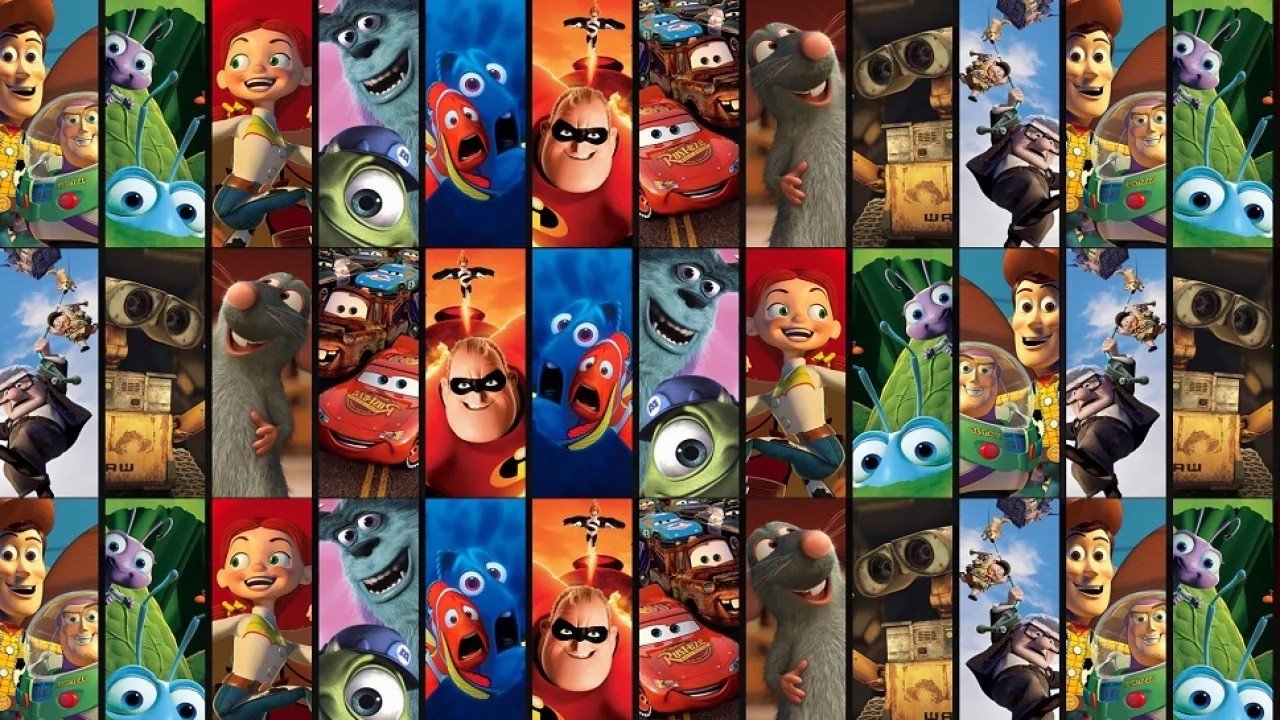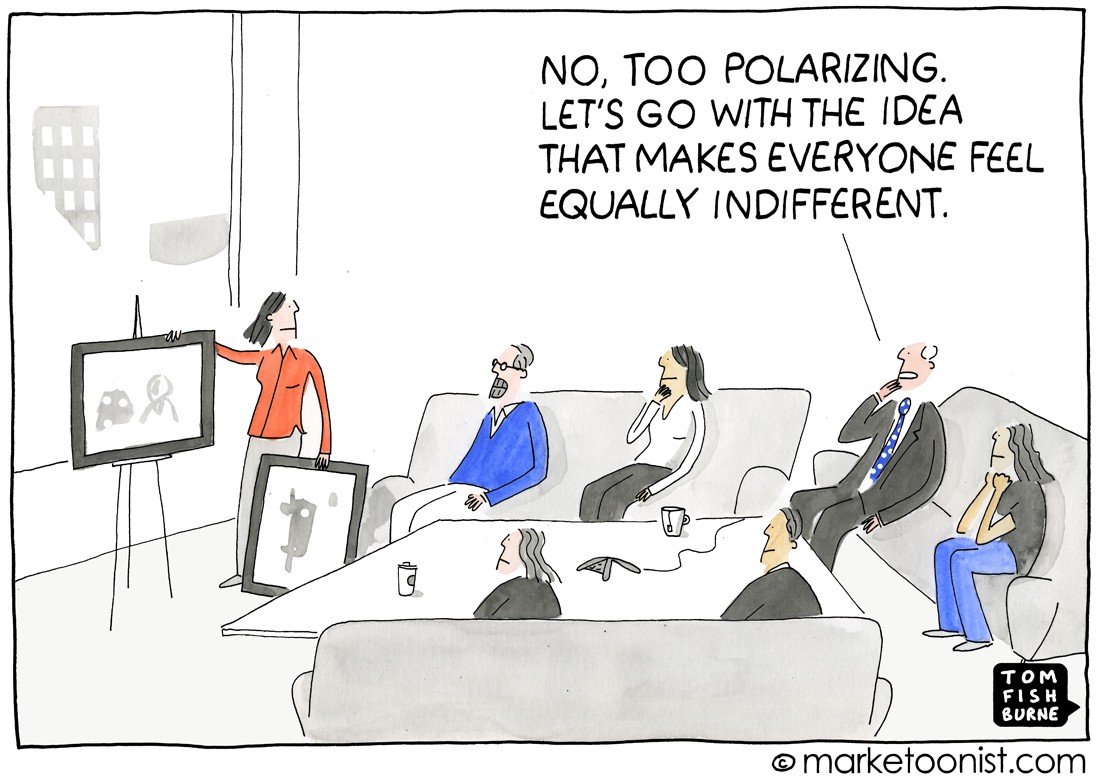Ever since Toy Story dropped when I was 10 years old, I've been fascinated with Pixar movies. It's evident I'm not alone. They are one of the most successful creative enterprises ever, owning 14 of the top 50 highest grossing animated films. Nearly all of their movies (24 of 26) are certified fresh on Rotten Tomatoes.
So what's their formula for success? In 2012, Emma Coats, a storyboard artist for Pixar tweeted 22 guidelines that Pixar follows when crafting the story for their films.
I thought of ways these guidelines could be applied to our work. Many are nearly impossible to adapt to a business-related presentation or video, but here are a few that really resonated with me.
Rule #2: You gotta keep in mind what’s interesting to you as an audience, not what’s fun to do as a writer. They can be very different.
We often bias our presentations to reflect the topics we are interested in. It can be incredibly difficult to shut off that part of our brain and empathize with what can engage our audience.
Back when I first created research films, I focused a decent amount of my time adding ambient background music to reflect the mood of what I was trying to communicate. I assumed it added polish to the video, but it just ended up distracting the audience. Some of the best presentations require some serious ego checks.
Rule #13: Give your characters opinions. Passive/malleable might seem likable to you as you write, but it’s poison to the audience.
When pulling together films, researchers sometimes shy away from including that strongly opinionated or emotional respondent. There can be a fear of creating too many waves. When editing, I often struggle to strike a balance between engagement and compliance. In many instances, the engagement those particular respondents can create with the audience will outweigh the potential risks of alienating them with their strong opinions.
Rule #17: No work is ever wasted. If it’s not working, let go and move on – it’ll come back around to be useful later.
We often feel the need to shoehorn every little tidbit of information into our presentations. Sometimes that particular finding isn't relevant to your main story, and is bogging everything down or slowing down the pace of your presentation. Some of the highest budget films and TV shows suffer from disengaged audiences because the director felt the need to squeeze every single piece of cool looking video into the film *cough*Rings of Power*cough*
Rule #18: You have to know yourself: the difference between doing your best & fussing. Story is testing, not refining.
This process contrasts with the design-by-committee many creatives encounter in the consulting space. When an approach is aligned on, focus on creating the best possible presentation with the constraints given to you. Be open to testing a new approach if it has the potential to produce the best possible output, instead of constantly re-tweaking a presentation to the point where it’s over-budget, over-timeline and overly-formulaic.
Rule #22: What’s the essence of your story? Most economical telling of it? If you know that, you can build out from there.
When creating research videos, we throw our story into a barebones script template. We start by identifying the key learning/insight spaces. We then flesh out the main supporting quotes, sprinkled with storytelling elements and supporting b-roll where needed.
Finally, we go through a process of paring down any unnecessary video, word by word, to get to the essence of what needs to be communicated.
There is certainly a time and place for extra details to help engineering and design teams. But if engagement is your goal, keep things to a minimum.



